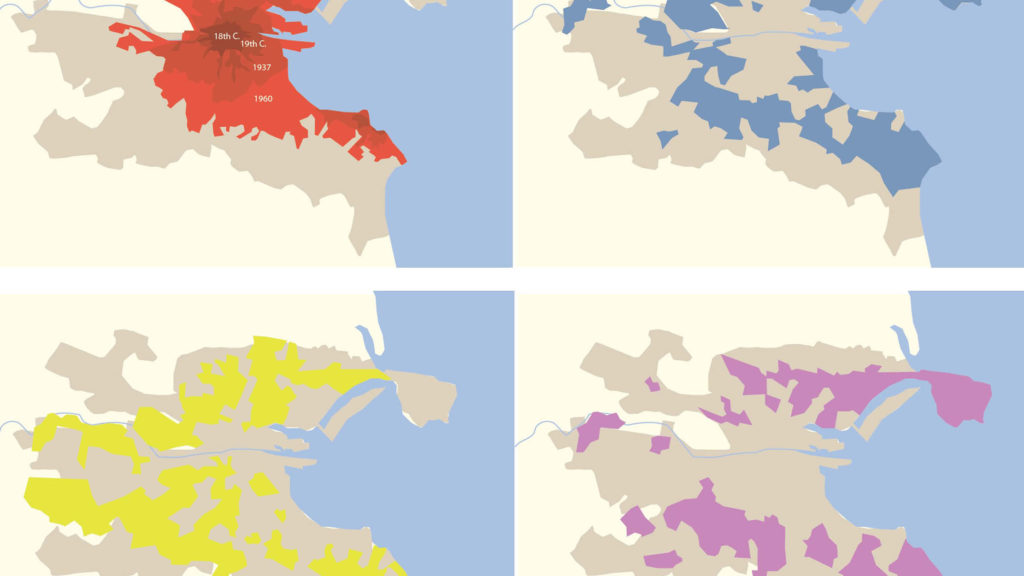The Abhaile Project
DESIGN CHALLENGE AND DESIGN IDEAS
Ireland has an ageing population, with a very high incidence of home ownership. Over 160,000 older homeowners are living alone in family-sized houses, with many living in mature, well-serviced, urban locations. For many of those homeowners, while their house is their greatest asset, it may also give rise to significant expense. Many are living on low incomes, struggling to make ends meet, to maintain and heat their homes on low incomes. The Abhaile Project is an innovative smart ageing solution for older homeowners to reconfigure their family-sized homes, in a way that can evolve to meet the homeowner’s needs, whilst simultaneously creating a new rental unit within the house. The retrofit involves: ' future-proofing the garden level to meet the needs of the older homeowner in accordance with universal design principles.' the first floor becomes an affordable, single occupancy rental unit, generating tax free rental income for the homeowner.
HOW THE BRIEF WAS MET
An overriding principle of the design is to ensure that the home is adaptable to the future needs of the homeowner and that this is done in an unobtrusive manner. The ground floor of the home is remodelled to create a self-sufficient unit for the homeowner. An accessible toilet with shower is provided and the front reception room is converted to a bedroom. The rear reception room becomes the main living space, and the kitchen, by necessity reduced in size, opens off this area. The homeowner retains direct access to the rear garden from the living space. A new door creates a single entry point from the shared circulation space to allow the homeowner privacy and security. Existing doors are widened to improve access for people with limited mobility. A range of universal design upgrades may be applied depending on the particular needs of the homeowner. For example, specific features like grab rails and shower seats may not be required initially but the partition walls will be constructed to allow their addition at a later stage should the need arise. Likewise, there may not be a requirement for ramped access to the front door of the house initially but any works to the front of the house should ensure that a ramped access can be provided in the future. The first floor of the home is remodelled to create a suite of living spaces for a tenant. The existing bathroom and rear bedroom remain unchanged. The two bedrooms to the front of the house are converted to a kitchen and living/dining room respectively with a new opening in the wall between the two. A porch is added to the front of the house to increase the size of the shared space at ground level. The porch also provides a sheltered area immediately outside the door and may include a new seating area to create the opportunity for social interaction between the occupants of the house and the surrounding community. The measures above comprise the minimum intervention required to fulfil the design criteria but may be supplemented by a range of other measures including External Works; Additional Energy Upgrades; Additional Acoustic Upgrades; and Additional Decorative Upgrades.

